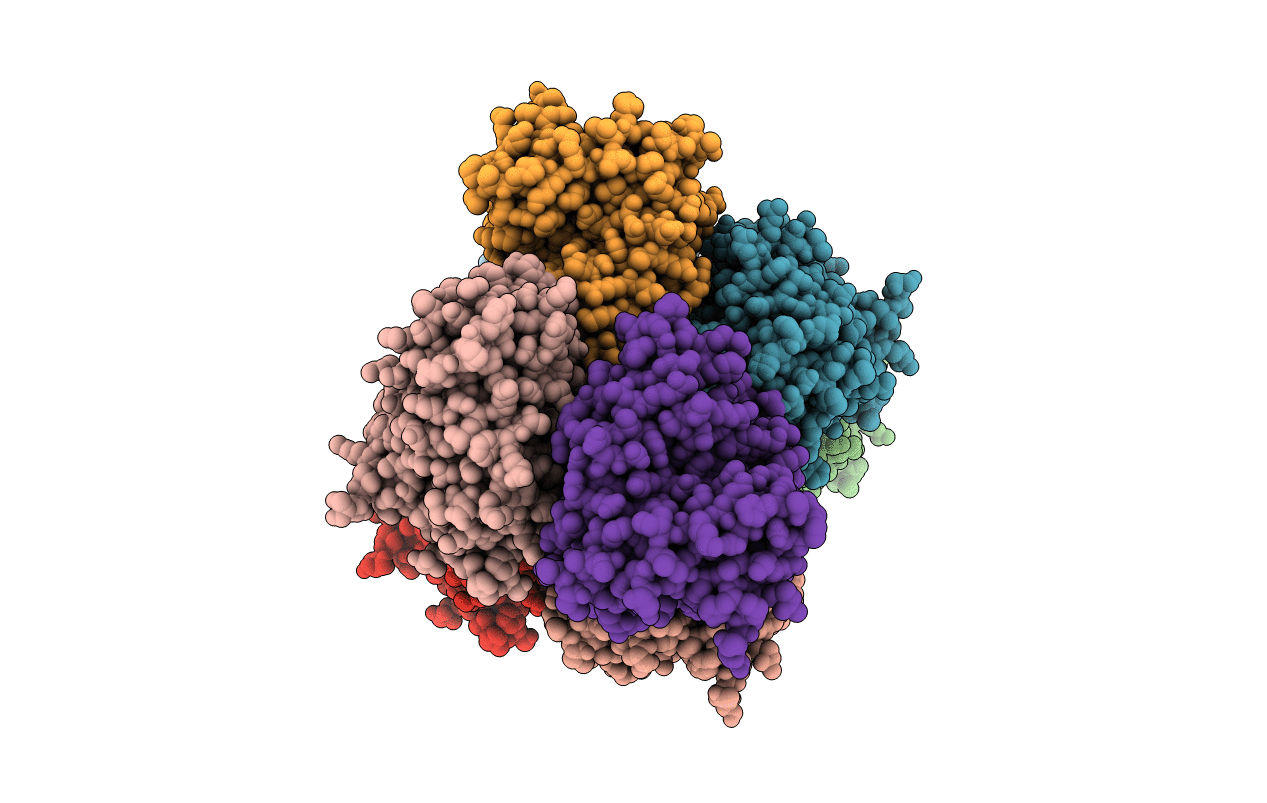
Deposition Date
2006-07-27
Release Date
2006-08-22
Last Version Date
2023-08-30
Entry Detail
PDB ID:
2HV7
Keywords:
Title:
Crystal structure of phosphotyrosyl phosphatase activator bound to ATPgammaS
Biological Source:
Source Organism:
Homo sapiens (Taxon ID: 9606)
Host Organism:
Method Details:
Experimental Method:
Resolution:
2.50 Å
R-Value Free:
0.31
R-Value Work:
0.24
R-Value Observed:
0.25
Space Group:
P 1


